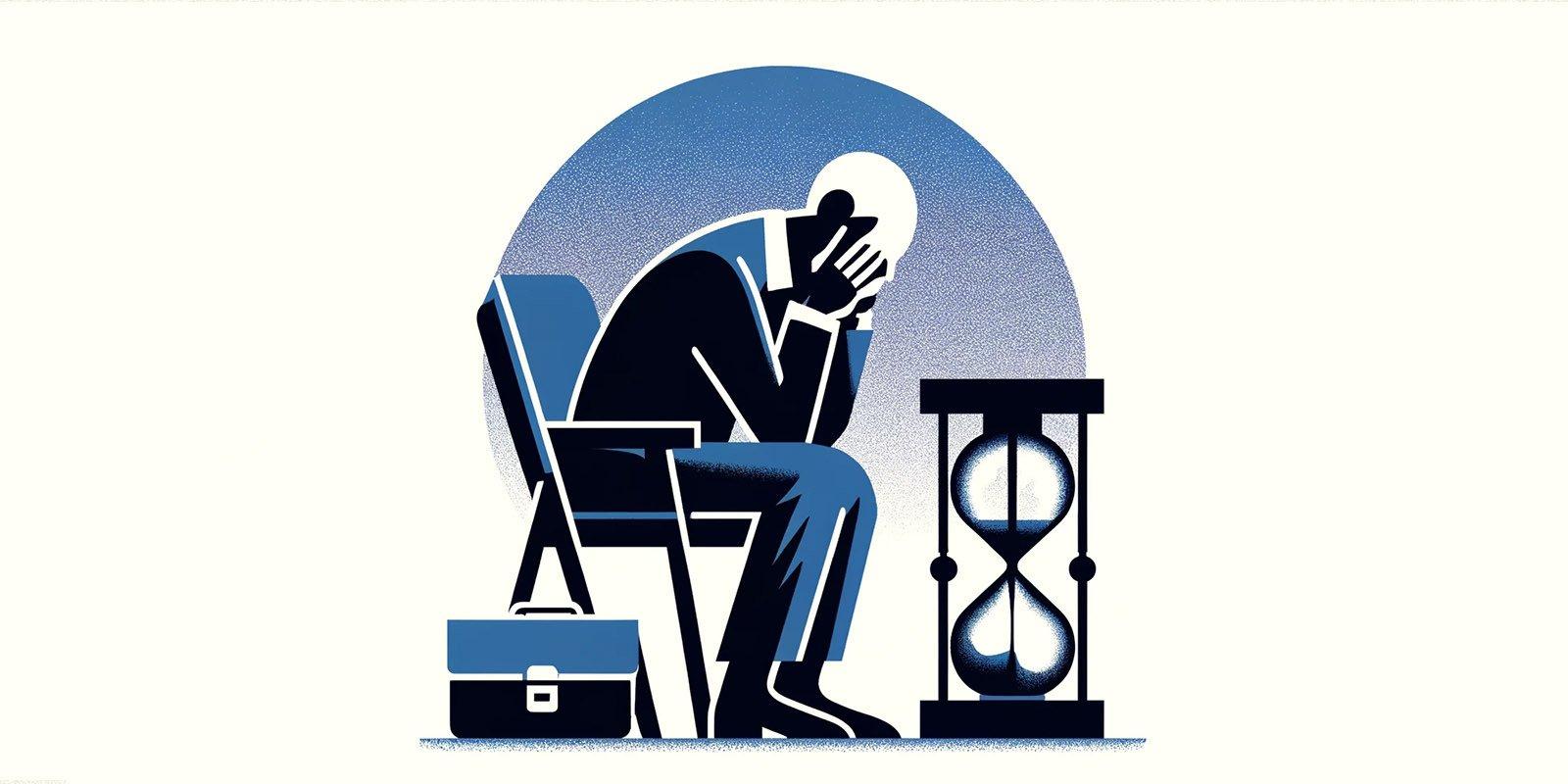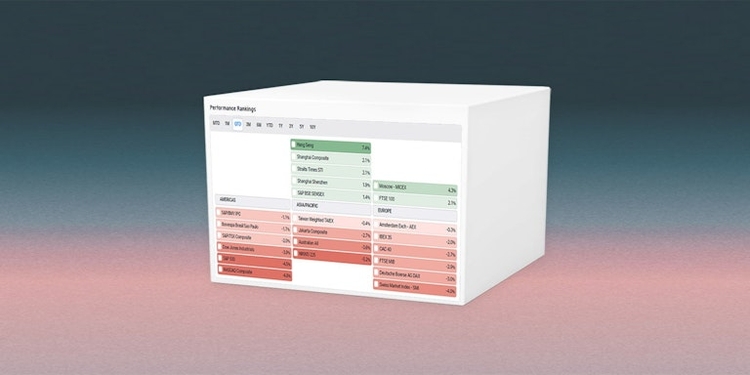How Not To Let Retirement Anxiety Push You Off Track

Retirement is so often associated with relaxation and ease. Just think about it: your working life is behind you and you finally get to unwind and spend time doing the things you enjoy most. The problem is, thinking about retirement is anything but relaxing for a lot of folks. In fact, abrdn’s latest research shows that people have become increasingly anxious about their post-work lives.
Here’s what abrdn’s research shows.
With recent rises in the cost of living, and higher financial pressures on income and savings, “retirement anxiety” is becoming a bigger and bigger thing for people over 40.
- 58% of over-40s say they’re anxious about the prospect of retiring, and 20% say they’re “very anxious” – that’s a 70% increase on our findings in 2022.
- 18% said their anxiety keeps them awake at night.
- 11% say their anxiety affects their personal life and relationships.
One in eight adults (13%) has delayed retirement plans because of anxiety – rising to almost two in ten (18%) over-55s. But despite this, almost half (41%) have done nothing to prepare for retirement.
Here are seven tips to keep that anxiety at bay.
1. Take stock of what you currently have.
With roughly 39% of adults worried they won’t have enough money to last through retirement, and 33% worried they won’t be able to afford the things they want to do, the first step is to tally up what you’ve already got. This will help you understand how close you are to the retirement you want, and what gap (if any) you’ll need to fill to make it happen.
Remember, retirement accounts, other savings and investments, and even rental income from properties you own can all contribute to your retirement income. Plus, government retirement payments – like Social Security if you live in the US – will also bring some money in.
Once you know what you have, you’ll be able to match that figure with what you see yourself doing in retirement – remembering that it could last 30 years, or longer. In the UK, you can use the Pensions and Lifetime Savings Association’s Retirement Living Standards as a handy benchmark. In the US, you might try the retirement calculator from SmartAsset.
2. Put away as much as you can.
Now that you know how much you might need and what you currently have, you can start planning how to plug any savings gaps. With more than two-fifths of adults (43%) not having saved enough to be able to afford to retire, and over a quarter (27%) embarrassed that they hadn’t started planning earlier, having a plan can help ease these worries.
Make the most of the pretax retirement contributions or other tax-efficient savings strategies you’re eligible for. Being able to set aside income before tax can help you sock away more money, while also offering between 20% and 45% tax relief, depending on your marginal tax rate.
3. Leave your savings alone.
Nowadays, three in ten (29%) adults are worried about how to save for their retirement while still paying the bills. And, yes, rising costs and unexpected expenses can put the squeeze on the household finances, but try not to dip into your retirement savings.
A household budget can be handy on this front – helping you identify where you can cut back to boost your savings. As a rule of thumb, you should aim to:
- Spend half your household income on essentials, such as mortgage/rent payments, groceries, energy bills, and so on.
- Spend 30% of your income on nice-to-haves, like eating out, subscriptions, and vacations.
- Save 20% of your income, or put it toward reducing debt.
4. Explore the possibility of merging some accounts.
If you’ve got retirement savings in several different accounts, you could consider merging them into one. This could help reduce how much you spend each year on fees and make it easier to manage.
Just don’t rush into that. You’ll want to weigh up any potential benefits that could be lost if you move your funds. If you’re unsure, consider chatting with a financial advisor.
5. Rethink how you take your income
Nearly two in five adults (39%) worry about how inflation will impact their retirement plans and nearly a quarter (24%) worry about how the current economy will impact their investments. So it’s worth thinking about how you’ll access your savings in your post-working years. And that means weighing up whether you’ll want them in stocks, bonds, or money market funds (or some combination of things).
The past century has shown that markets have bounced back after every major crash, but past performance is no guarantee of future performance. And, even if it were, those past rebounds have sometimes taken a devastatingly long time.
Consider whether you could live off your other savings or income while the market recovers from a rough spell – potentially allowing you to leave your investments invested for as long as possible.
6. Consider working during retirement.
For many, retirement doesn’t mean stepping back from the world of work altogether. In fact, we found that about 14% of adults worry about losing their identity when they stop working.
Remember, retirement is what you make of it, so do whatever makes you happy. Whether that’s setting up a new business, pursuing a “flexi-retirement” or working part-time, the most important thing is doing what’s right for you.
7. Seek out some expert advice.
Retirement can feel like it’s way off in the future, even when you’re fast approaching it. But there are plenty of resources out there to help you navigate it all.
Alternatively, a financial adviser can help make sure you have a plan for your future that takes all your goals and plans into account – usually for a fee. That way, you can concentrate on what you enjoy doing.





